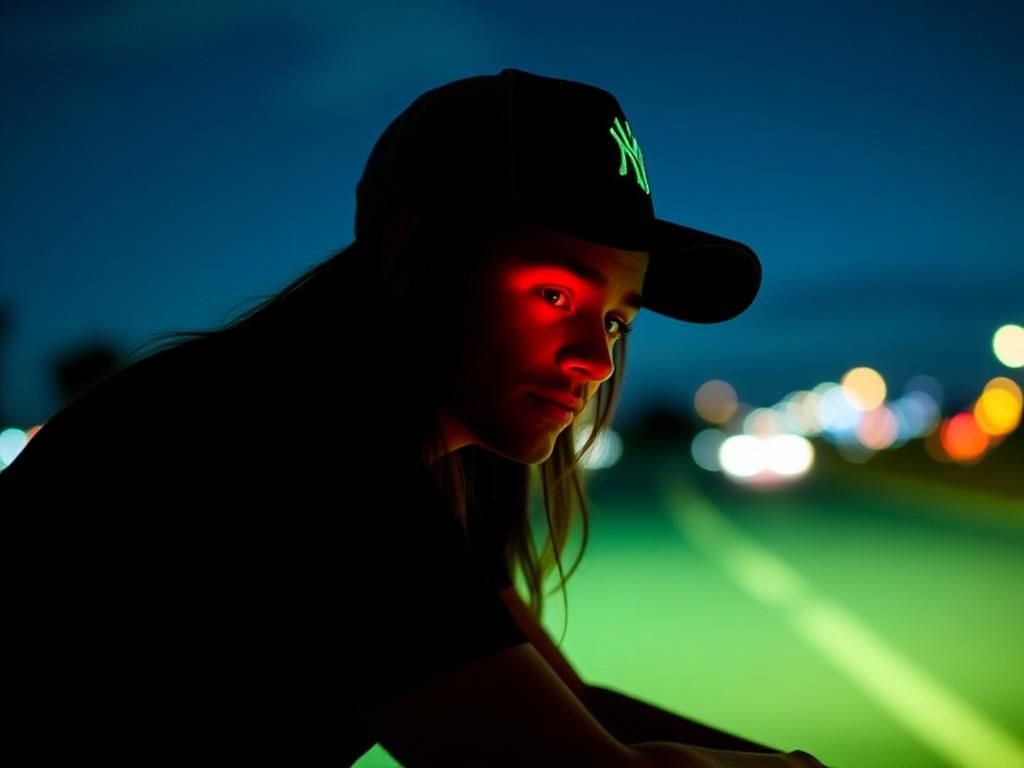Underglow lighting has become a popular trend among car enthusiasts across the nation, including in Texas, where many drivers take pride in personalizing their vehicles. Underglow refers to the lights installed beneath a vehicle, illuminating the ground below and giving it a glowing effect. While creating a stunning visual appeal, car owners often wonder about the legality of underglow in Texas. This article seeks to clarify the rules and regulations surrounding underglow lighting in the Lone Star State.
Understanding Vehicle Lighting Regulations
Overview of Vehicle Lighting Laws
Vehicle lighting regulations are essential for ensuring that roadways remain safe for all users, including drivers and pedestrians. These laws govern various types of vehicle lights, categorizing them into headlights, taillights, and decorative lights like underglow. Each category serves a distinct purpose, helping vehicles to be seen while also enhancing their aesthetics.
General Automotive Lighting Laws in Texas
In Texas, the Transportation Code outlines specific requirements regarding vehicle lighting. For instance, all vehicles must have functional headlights and taillights to operate legally on public roads. Decorative lighting systems must therefore comply with established regulations to avoid penalties.
Underglow Lighting: What is it?
Description of Underglow
Underglow refers to the lighting fixtures typically installed underneath vehicles, primarily for decorative purposes. These lights come in various forms, such as LED or neon lights, offering a broad color spectrum. However, it’s crucial to understand which colors are considered legal and illegal for use on public roadways in Texas.
Purposes of Underglow
The main motivations behind installing underglow lighting are aesthetic appeal and visibility. Many car owners utilize underglow to express their personal style and make their vehicles stand out. Additionally, underglow can improve safety by enhancing a vehicle’s visibility during nighttime or low-light conditions.
Is Underglow Legal in Texas?
Current Laws in Texas Regarding Underglow
The legality of underglow in Texas is a nuanced topic. Upon examining state statutes on exterior vehicle lighting, it’s evident that specific restrictions exist. While decorative lighting is permitted, it must align with Texas’s laws regarding colors and brightness. For instance, using any light that resembles sirens or emergency vehicle lights is strictly prohibited.
Legal Implications of Underglow Use
Using illegal underglow may lead to traffic stops and potential fines. Drivers caught with prohibited underglow systems might face penalties, including citations and mandatory vehicle inspections. Therefore, understanding the legal framework around underglow lighting in Texas is essential for all car enthusiasts.
Color Restrictions in Texas
Legal Colors for Underglow
Texas law specifies which colors are acceptable for the use of underglow. Recognized legal colors include white and amber. These colors are generally regarded as safe for both aesthetic purposes and road visibility.
Prohibited Colors for Underglow
On the contrary, colors such as red and blue are strictly prohibited for underglow. The reasoning behind these restrictions hinges on the potential for confusion with emergency vehicles, which commonly use these colors for lights and sirens.
Local Variations in Underglow Regulations
Differences in Ordinances by City
While state laws provide a general framework, individual cities may have their own ordinances concerning underglow lighting. For instance, cities like Houston and Dallas often implement stricter regulations that may not align perfectly with state laws. Therefore, car owners should familiarize themselves with the specific rules in their locality.
Importance of Checking Local Laws
To avoid misunderstandings regarding the legality of underglow, it is critical to research local ordinances before making any modifications. Resources available online or through city law enforcement can offer precise information on underglow regulations in various Texas cities.
Safety Considerations
Enhancing Visibility
One significant advantage of underglow is its potential to enhance visibility on the road. When utilized correctly, underglow can make vehicles more noticeable to other drivers, particularly in low-light conditions. To maximize safety, car owners should adhere to practices that ensure underglow does not distract other road users.
Risks of Underglow
Despite its benefits, there are risks associated with underglow lighting. Excessively bright or flashing lights can distract drivers and may lead to dangerous situations on the road. It’s vital for users to ensure that underglow does not obstruct essential vehicle lighting, such as brake lights and turn signals.
Conclusion
In summary, the question, “Is underglow illegal in Texas?” hinges on adherence to state and local laws. By understanding the regulations around underglow colors and usage, car enthusiasts can enjoy personalizing their vehicles without the fear of legal repercussions. Staying informed about changing lighting laws is essential, as new regulations can affect underglow legality at any time.
Additional Resources
- Texas Transportation Code
- Contact information for local law enforcement agencies regarding vehicle lighting regulations
- Relevant automotive clubs or forums for further discussion on underglow lighting
Frequently Asked Questions (FAQs)
1. Is underglow legal on private property in Texas?
Yes, underglow lighting is typically legal on private property. However, you should ensure that it does not interfere with local ordinances while parked.
2. Can I use underglow while driving at night?
You can use underglow while driving at night as long as it complies with legal color requirements and does not distract other drivers.
3. What should I do if I’m pulled over for using underglow?
If you’re pulled over, be courteous and listen to the law enforcement officer. Understanding and complying with vehicle lighting laws is crucial.
4. Are there specific brightness limitations for underglow in Texas?
Texas laws do not specify brightness limits; however, the underglow should not be overly distracting or impair visibility of other necessary vehicle lights.
5. What colors can I use for underglow lighting in Texas?
Legal colors for underglow in Texas include white and amber. Avoid red or blue lights, as they are prohibited.
6. How can I safely install underglow lights?
Ensure that the installation does not obstruct any required lighting on your vehicle, and follow all local regulations regarding lighting placement and color usage.
7. Do I need special permits to use underglow in Texas?
No special permits are required if underglow complies with Texas lighting laws; however, always check local regulations for specific requirements.
8. Is it safe to use flashing underglow lights?
While using flashing lights may be visually appealing, it can be distracting and may not comply with the law; avoid using flashing settings while driving.
9. Can I get fined for using underglow in a city with restrictive laws?
Yes, cities have their own regulations, and violating local ordinances can lead to fines or citations.
10. Are there any exceptions to the underglow laws in Texas?
While exemptions vary, there aren’t specific broad exceptions. Always verify with local authorities regarding any particular circumstances that might apply.
Table Summary of Underglow Regulations in Texas
| Aspect | Details |
|---|---|
| Legal Colors | White, Amber |
| Prohibited Colors | Red, Blue |
| Potential Penalties | Traffic Stops, Fines |
| Local Variations | Stricter city regulations may apply |
| Safety Considerations | Enhances visibility, may distract if misused |


